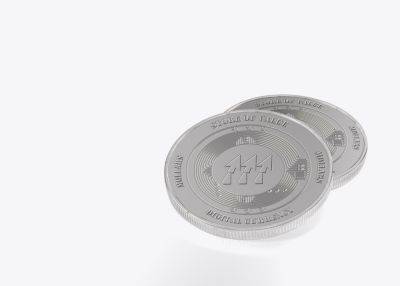A DeSci Platform Tackles Inefficiencies of Scientific Publishing
The blockchain is poised to replace the traditional gatekeepers who financially benefit from the scientific community’s hard work and findings, leading to a more equitable distribution of resources and the decentralization of science.
Scientific journals , essential for spreading knowledge, are facing challenges such as article suitability, high fees and complex review processes. Despite digital evolution aimed at widening access, inefficiencies and access hurdles remain.
Drawing parallels from the disruptive transformations seen in music, media and finance, it’s clear that scientific publishing is ripe for an overhaul. Similar to the banking industry, which is built on a foundation of tradition and trust, there exists an undercurrent of frustration and dissatisfaction among its users—scientists.
While social media may make communicating snippets and interesting facts easier, the dissemination of deeper knowledge and findings is most often kept behind paywalls. Some of the highest-impact findings are typically published in the most prestigious journals, which charge exceptionally high fees to the researchers and their institutions for publishing them.
Article Processing Charges (APCs) for open-access journals exhibit a broad range, with averages around $500 for lower-tier journals, escalating to $2,500 for mid-tier journals and potentially surpassing $6,000 for top-tier publications, such as Nature Communications.
Free platforms like ArXiv or SciHub only partially address issues in scientific publishing. While these outlets help research ideas get published faster, they lack quality control and authentication mechanisms .
Therefore, the scientific publishing space needs to be modernized by learning from other
Read more on cryptonews.com





















